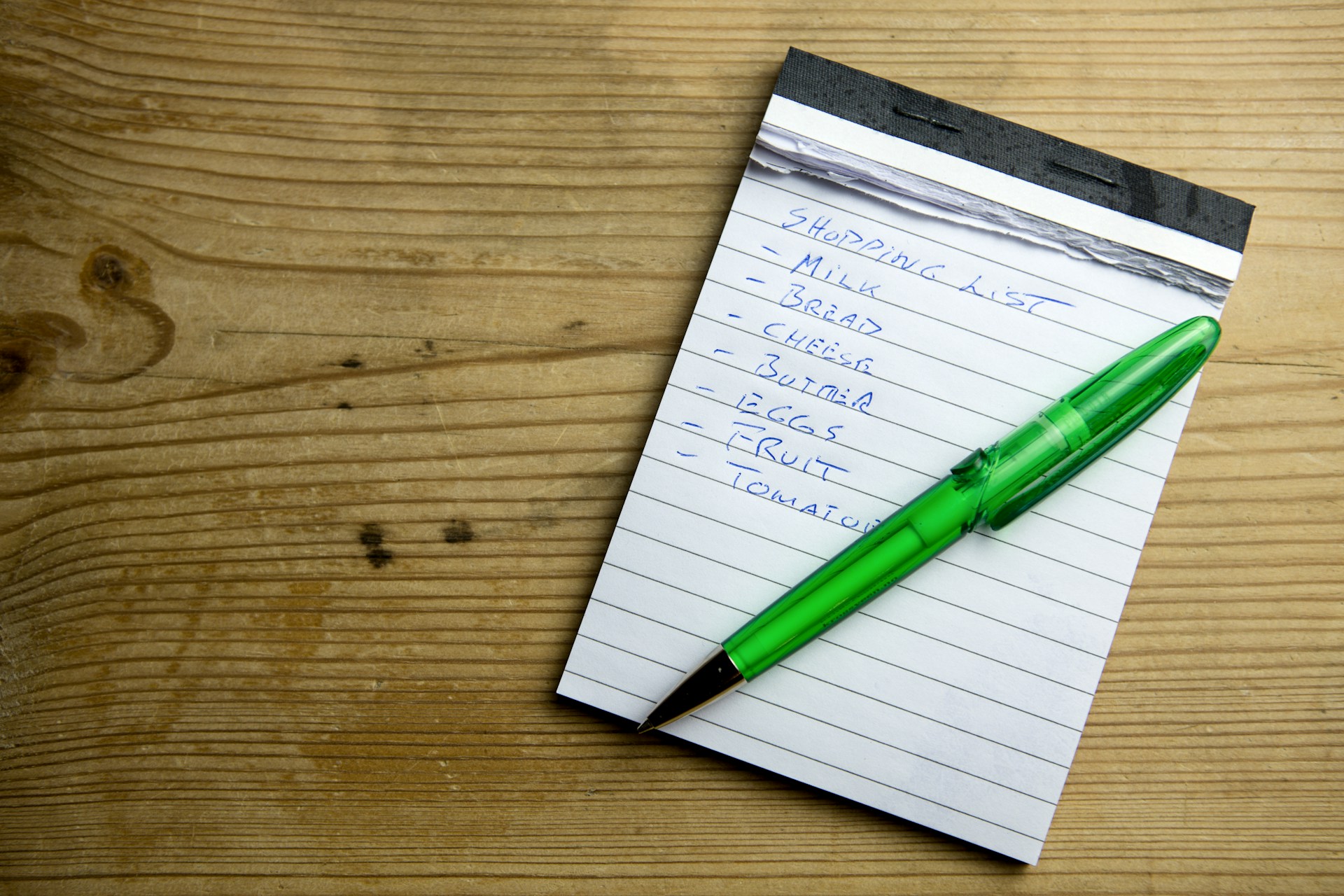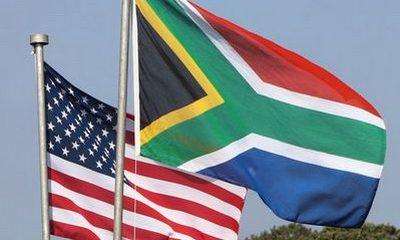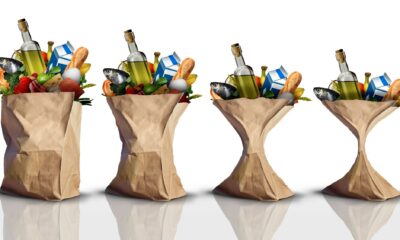News
From the Grocery Aisle to Your Power Bill: What’s Driving June’s Inflation Spike in South Africa

South Africans Feel the Pinch as June Inflation Ticks Up to 3%
A loaf of bread. A bottle of wine. A monthly water bill. It’s the everyday essentials, from food to housing and even the occasional drink, that are quietly pushing up the cost of living for South Africans.
According to the latest data released by Statistics South Africa, inflation in June climbed to 3% year-on-year, marking a slight but significant jump from May’s 2.8% and March’s 2.7%. While these figures still sit comfortably within the Reserve Bank’s target range, it’s the story behind the numbers that hits home for everyday consumers.
What’s Pushing Prices Up?
The main culprits are things most households can’t go without. Food and non-alcoholic beverages rose 5.1% year-on-year, with items like fruits, nuts, and vegetables seeing the steepest climbs. On the drinks front, alcoholic beverages and tobacco increased by 4.4%, while housing and utilities also grew 4.4%, thanks largely to higher power and water costs.
Even though the month-on-month increases were all under one percentage point, they continue to chip away at household budgets — particularly in areas already struggling with affordability.
Sin Taxes Make a Comeback
Earlier this year, Finance Minister Enoch Godongwana announced another round of sin tax hikes in his National Budget, raising alcohol duties by up to 6.75% and tobacco by up to 4.75%. That’s part of what’s fuelling the steady rise in costs for wine, cigarettes, and even cigars and pipe tobacco.
Social media users have had mixed reactions. On TikTok, one user joked that “even the grapes are feeling stressed,” while others questioned whether these increases are doing more harm than good for working-class South Africans.
Rural South Africans Hit Hardest
What’s especially telling is that inflation in rural areas is even higher at 3.3%, compared to the national average of 3%. That’s a red flag for inequality, as residents in outlying areas often face fewer choices and less price competition, especially when it comes to food and utilities.
Economists had their eye on this uptick. Old Mutual chief economist Johann Els predicted a possible 2.9%, noting “high forecast uncertainty” due to factors like food price fluctuations — particularly red meat, which has been affected by foot-and-mouth disease outbreaks. His 3% projection ended up right on the money.
A Slower Burn Than 2024, But Still Uncomfortable
To put things in perspective, inflation at the start of 2025 was higher — both January and February posted 3.2%. So while June’s number isn’t a shocker, it’s a gentle reminder that the economic pressure hasn’t gone anywhere.
And with electricity prices set to rise again later this year, and food prices still exposed to climate shocks and disease outbreaks, household budgets may remain tight well into the second half of 2025.
What Now?
Inflation might be slowly creeping up again, but for many South Africans, it’s less about the data and more about the daily decisions — like whether to buy fresh produce, or how much water to use this month.
As we head toward August, all eyes will be on whether this rising trend continues — and more importantly, how it affects the cost of living for ordinary South Africans, both in the suburbs and out in the countryside.
Source:IOL
Follow Joburg ETC on Facebook, Twitter , TikTok and Instagram
For more News in Johannesburg, visit joburgetc.com



























